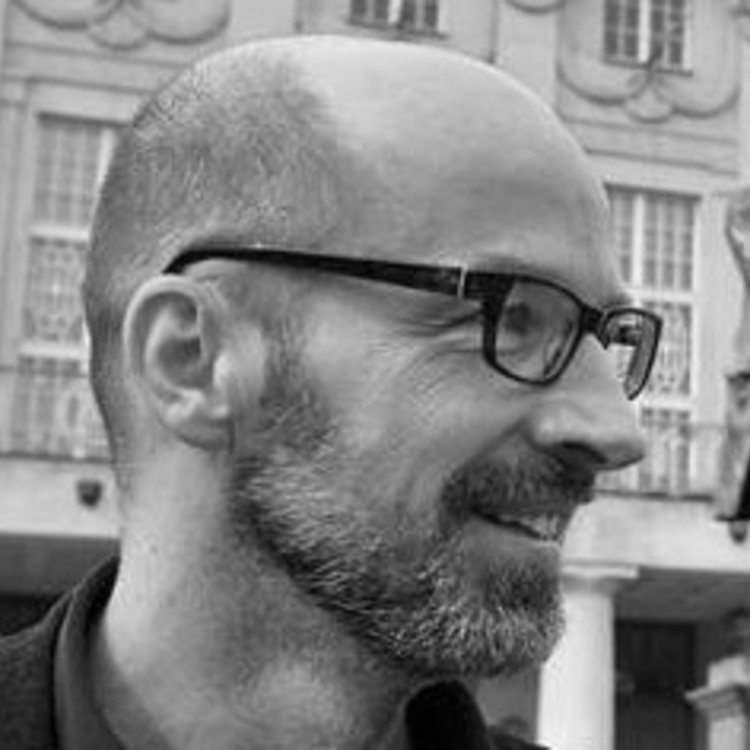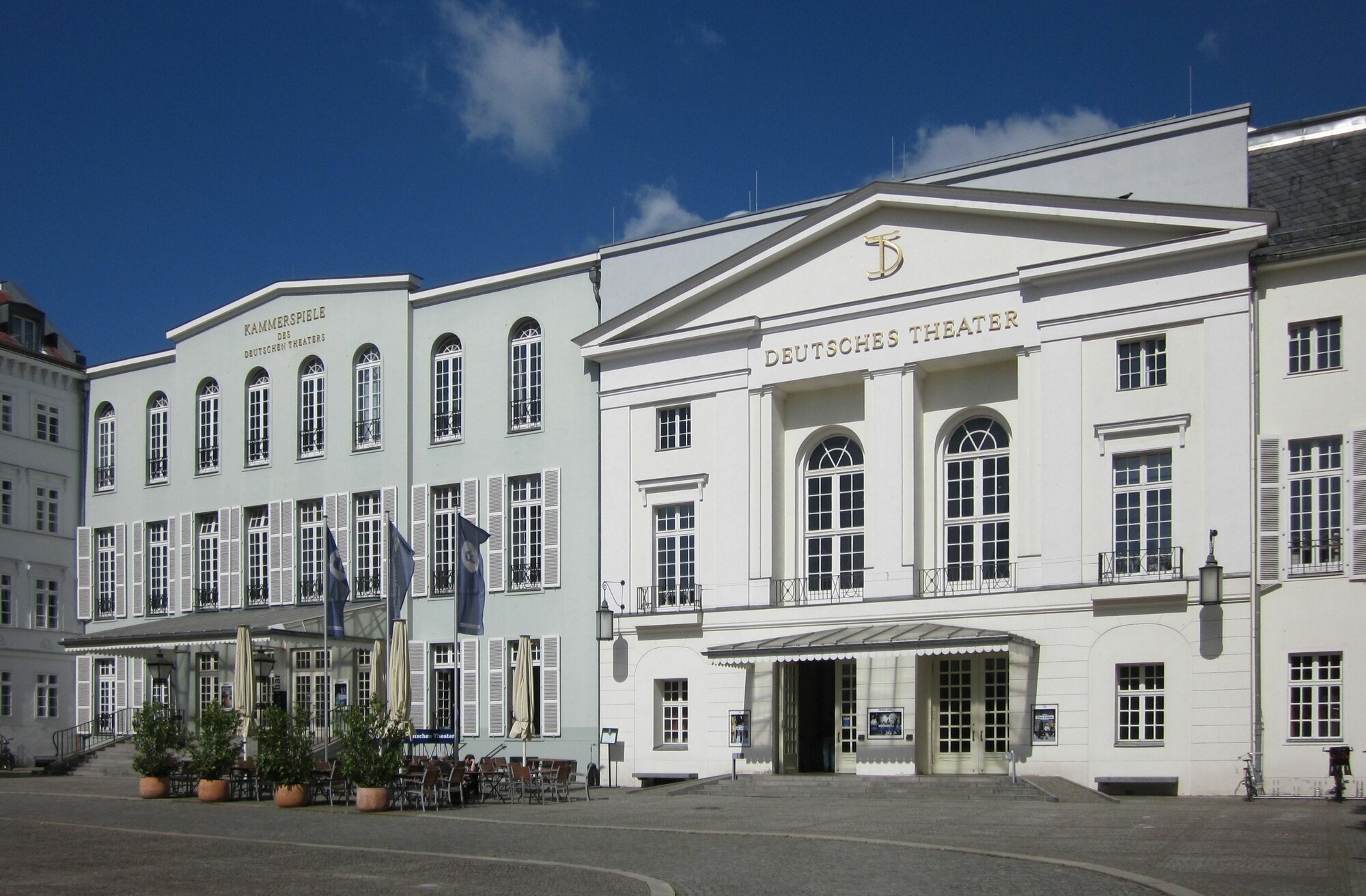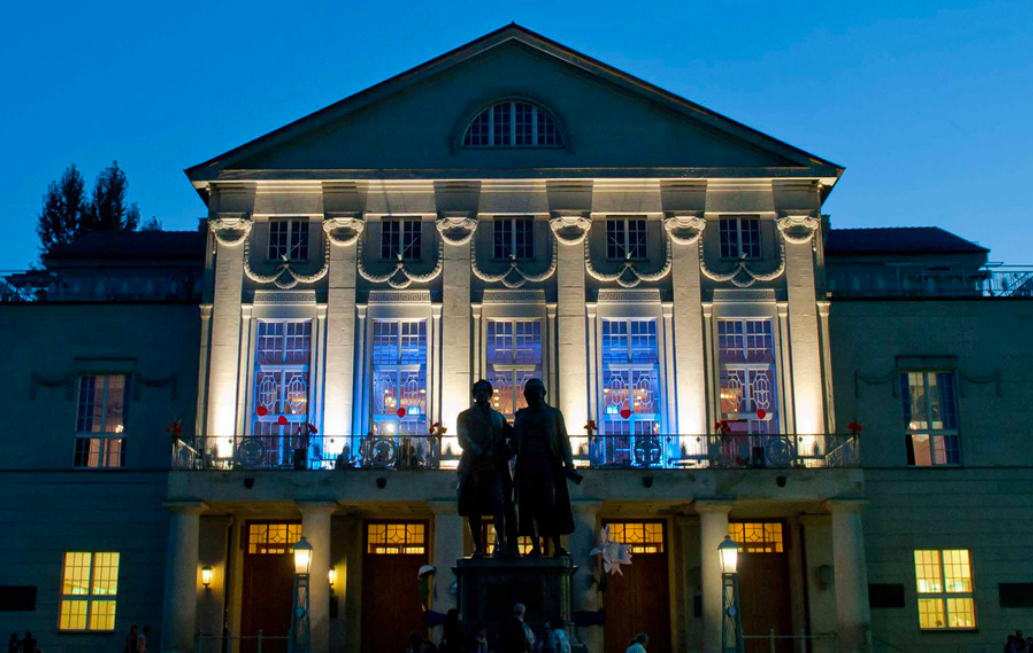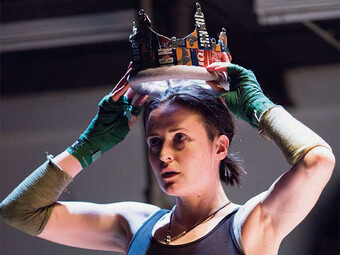I was born into a family of theatre artists. When I was a boy, my parent’s friends always told me that theatre was definitely “the most beautiful place in the world.” This leitmotiv guided me for half of my life. How could it not be true—after all, it was the theatre of Goethe and Schiller, of Max Reinhard, Erwin Piscator and Bertolt Brecht! However, after my first experiences in the theatre I began to doubt the leitmotiv. I heard stories about toxic directors, abuse, and discrimination and felt it myself. I wanted to find out the truth about the conditions in German theatres.
I was guided by the question: for who is the theatre really a paradise?
In 2019, I did a research project about the forms of power and abuse in the theatre landscape and published the results in the book Power and Structure in Theater. The publication was based on the largest study of its kind in Europe with nearly two thousand participants. Upon publication, it exploded into the German-speaking theatre landscape like a bomb. Even I, who have always been a critic of the theatre system, was surprised by the results: over 55 percent of the participants experienced sexism, systematic devaluation, and derogatory comments about their performance, appearance, and figure—especially female players. The number of discriminated women was 10 percent higher compared to their male colleagues: it was about 60 percent. They suffered from threats and intimidation, bullying, and slander. The results of my study were later verified by one study in 2020 and another study in 2023 that were executed by two different governmental bodies.
Only 0.4 percent of participants still trust the theatres in their current structure—that's just eight participants. The vast majority believes that theatre structures do encourage abuse of power and that nothing is done fairly. The overwhelming majority of German theatre artists are not content with the structural conditions in theaters. Theatre employees on all levels are hoping for reforms, real change, and a transformation into a fair and more sustainable theatre system. But why is this change not coming?
“The fish always starts to stink from the head,” is an old German saying that describes the situation of the theatre system precisely. Everybody knows about the asymmetry of power, about the patriarchal and authoritarian structures and the male toxicity of theatre directors in German speaking theatres in Germany, Austria, and Switzerland. Friends, relatives, and former students, who are working in theatres told me stories about the frequent, sometimes hidden but often open, abuse of power.
The power problem in German theatres is structural and a result of the neocolonial and Nazi history of Germany and German theatres.
Although Germany was not one of the largest colonial powers, Germany had a number of colonies in Africa. The Germans were involved in the slave trade across the Atlantic. From 1682 onwards, they abducted tens of thousands of people on behalf of the Duke of Brandenburg-Prussia.
Up to thirty-thousand African people were enslaved by German merchants in a period of about fifty years. Their descendants live today in Rio de Janeiro, Barbados, and New York. Not one of the descendants of the German duke’s family or of the merchants have ever apologized, made any amends, or paid reparations. But the dirty money made in this time helped the dukes to build magnificent museums and theatres.
Giving absolute power to one person in the feudal theatre companies laid down the first brick of a toxic structure and organization that was defined by paternalism, misogyny, and a strong hierarchy.
Most of the current theatre structures were established during German feudalism and colonialism. Theatre directors are called “Intendanten” today, an absurd rank coming from about 1750, when the Intendant was a retired military officer who had to “serve” as the director. In the territory of what would later become Germany, there were three hundred small states that were connected to each other like a patchwork quilt. The about three hundred courts were spread all over German principalities and countries, and nearly all had their own theatres. This was part of the cultural prestige and a symbol of distinction.
Giving absolute power to one person in the feudal theatre companies laid down the first brick of a toxic structure and organization that was defined by paternalism, misogyny, and a strong hierarchy.
Due to the crimes of the Nazi regime starting in 1933 and the Second World War, Germany became the most criminal and fascist nation in the world. German secret police (Gestapo) and other officials, as well as soldiers and civilians, killed 18.7 million humans. Among them were six million Jews who had to die under horrible conditions in concentration camps and ghettos. There were also 10 million Russians, 1.8 million Poles, 300 thousand Serbs, 250 thousand people with disabilities, 250 thousand Sinti and Roma, around 70 thousand homosexuals, and communists, as victims of the Nazis. It is often considered the most horrible period in the younger history of mankind.
Theatre was one of the most important entertainment industries and one of the major propaganda instruments during this critical period. Private theatres were expropriated from their Jewish owners and were brought into line with the Nazi state. An example is Max Reinhardt’s famous Deutsches Theater Berlin. Many German artists sympathized with the Nazis (Gustaf Gründgens, Heinrich George, Richard Strauss among others) or were ardent supporters (the family of Richard Wagner). After 1939, they were supposed to entertain the people and give them the feeling that the war would supposedly be won by the Germans, even when the German troops had suffered huge losses. Until 31 August 1944, theatres served as a facade for Nazi cultural policy, duplicating war propaganda slogans and bringing dubious plays to the stage.













Comments
The article is just the start of the conversation—we want to know what you think about this subject, too! HowlRound is a space for knowledge-sharing, and we welcome spirited, thoughtful, and on-topic dialogue. Find our full comments policy here